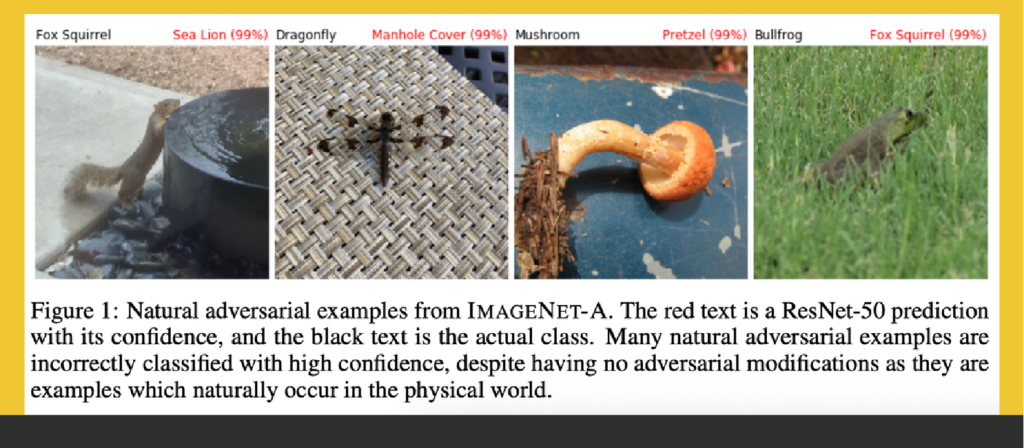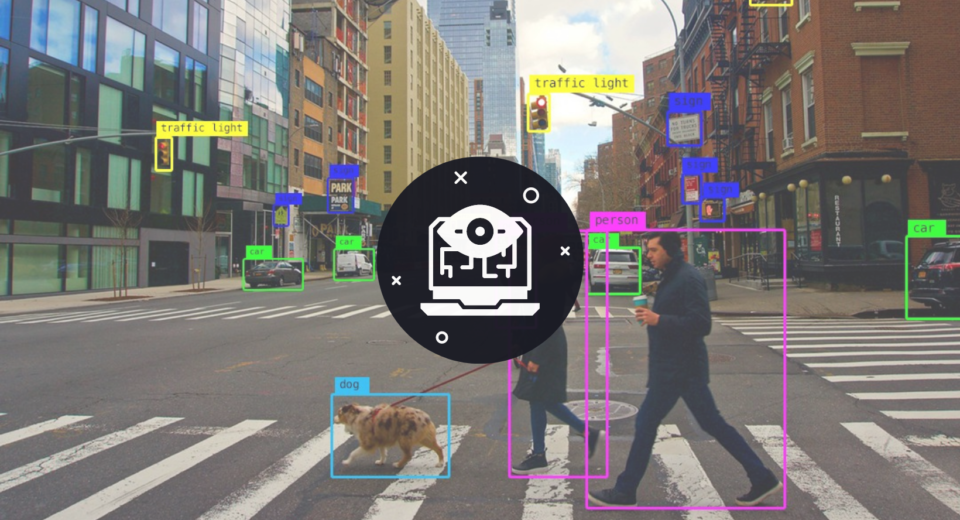On July 4th, 1981, a 37-year-old Japanese factory worker named Kenji Urada was killed by a robot.
Urada performed maintenance work at the Kawasaki Heavy Industries plant in Akashi, Japan. In December 1981, international news agency UPI reported that Urada was the first person to have died this way. But two years earlier, on January 25th, 1979, a 25-year-old Ford Motor Company worker named Robert Williams had been struck in the head by the arm of a malfunctioning one-ton robot — making him the actual first person to be killed by a robot.
‘Death by robot’ aside, there are still a number of potentially gruesome outcomes possible when machines are left in charge – especially when they’re learning from other humans.
For example, Microsoft’s AI chatbot, Tay, was launched in 2016 to improve the quality of machine-human conversation. Instead, after interacting with human users for 24 hours, it began tweeting progressively more offensive comments, such as “Hitler was right I hate the Jews” — causing Microsoft to shut down the experiment after a mere 16 hours.
Clean AI models built in labs fail when exposed to reality, and computer vision is no exception. With changes in lighting, or when faced with new objects or perspectives, computer vision models also fail spectacularly.
In a key example of this, in July 2015, the just-launched Google’s Photos application created an album on an African-American user’s phone titled “gorillas” which contained pictures of him and his African-American friend.

To demonstrate just how fallible computer vision models are, in July 2019, researchers from Berkeley, University of Chicago, and University of Washington put together a dataset of 7,500 nature photos called ImageNet-A. When fed into computer vision models, they found that the models failed to identify the subject of the images correctly 98 percent of the time!
But that’s not slowing anyone down
Despite massive room for error, AI, specifically computer vision, is one of the fastest growing fields right now. Valued at USD 11.32 billion in 2020, the computer vision industry is expected to grow at a compound annual growth rate of 7.3 percent until 2028.
When applied successfully, computer vision offers terrific advantages. With computer vision, businesses can gather intelligence and glean customer insights in real-time, optimise their costs, and discover altogether new ways to beat the competition.
Computer vision startups are sprouting up in every industry, from agriculture to medicine to retail. Let’s take a quick look at some of these use cases.
Retail
In some AI-powered stores like the Amazon Go stores, customers no longer need to wait in a checkout queue to pay for their purchases. AI can also help with ensuring safety in public areas through mask and PPE detection.
- Cashierless checkout
- Mask detection and traffic monitoring
- Aisle management and theft detection
- Counterfeit product recognition
Healthcare
Among other uses, computer vision helps physicians better understand patterns on images from CT, MRI and other imaging tools, speeding up diagnosis and improving the quality of care provided to patients.
- X-ray, CT and MRI analysis
- Cancer detection
- Machine-aided surgery
- Patient monitoring
Autonomous transportation
Apart from self-driving cars, autonomous vehicles have many applications such as driverless delivery, assessing risk in situations that are risky for humans (such as out on the ocean), and improving road safety.
- Self-driving Cars and Delivery Bots
- Bicycle, Horse, and Pedestrian Detection
- Street Security and Parking Detection
- Road Condition Monitoring and Traffic Analysis
Agriculture
Robots are being used to increase the efficiency of farming activities such as ploughing and planting seeds, monitoring the growth of crops, as well as picking, sorting and grading produce.
- Aerial Survey and Imaging
- Irrigation Optimization and Management
- Automatic Weeding and Insect Detection
- Livestock Health Monitoring
Manufacturing
Computer vision can help at each stage of the manufacturing process to reduce failures and defects, streamline supply chain, and improve quality.
- Personnel and Assembly Line Tracking
- Hand and PPE Detection
- Defect inspection and Predictive Maintenance
- Complex Product Assembly
Computer vision — a big part of The Distant future
Unfortunately, many current AI models can easily be fooled by tweaking the background, the colour, or the texture of the subject of any image. Because of this, in the near term, a key focus area for many computer vision applications (as well as AI applications in general), has to be improving the quality of data that’s used for training algorithms. Iteratively improving image recognition capabilities will allow computer vision applications to have a wider potential for application with fewer risks involved.
Despite the risks, businesses across industries can gain huge benefits from implementing computer vision at various stages of their lifecycle. And with many cloud-based computer vision platforms available from providers such as Microsoft, Amazon and Google, there’s nothing stopping today’s businesses from jumping in and trying to get ahead of the curve. In the end, the cost of falling behind may be higher even than the cost of failure.
